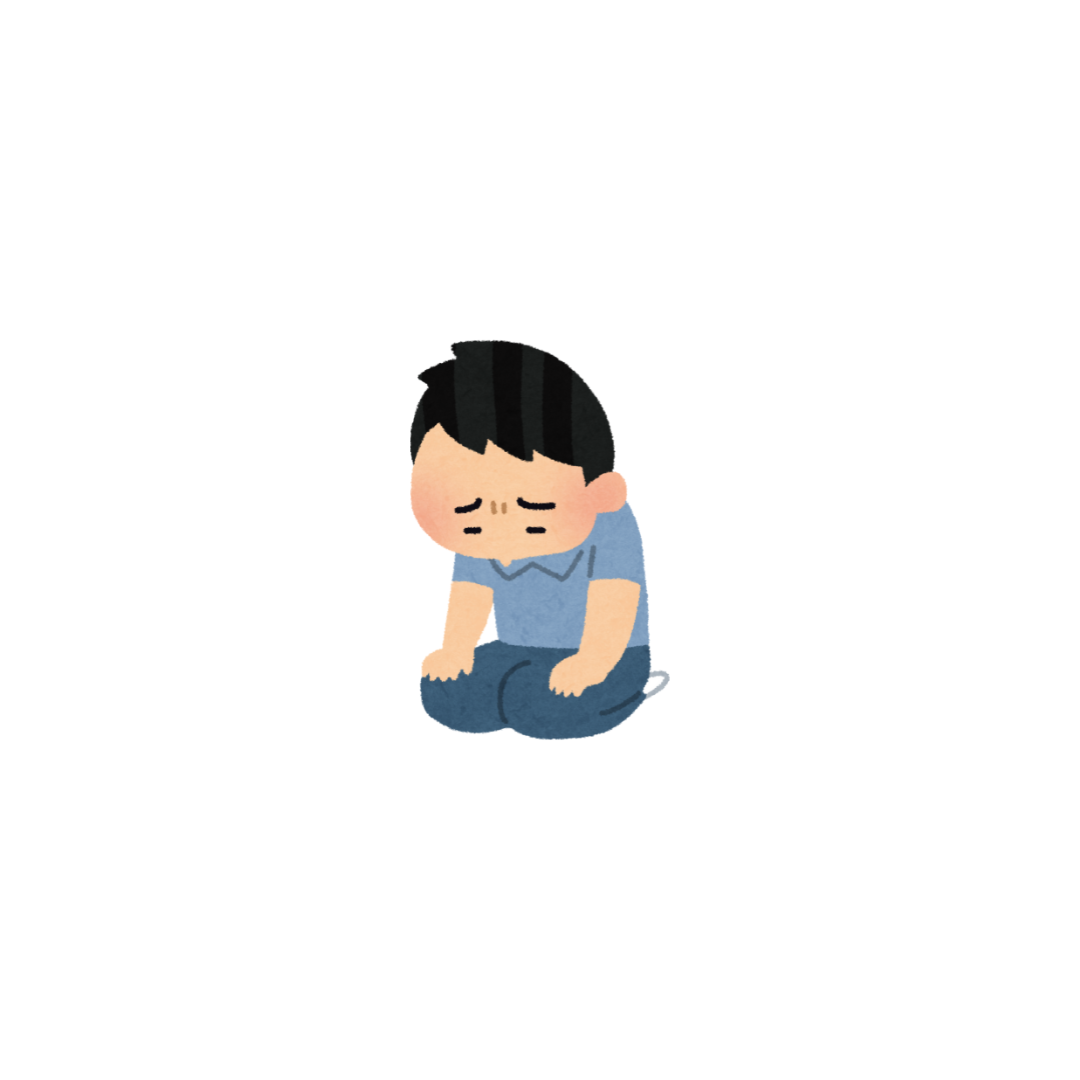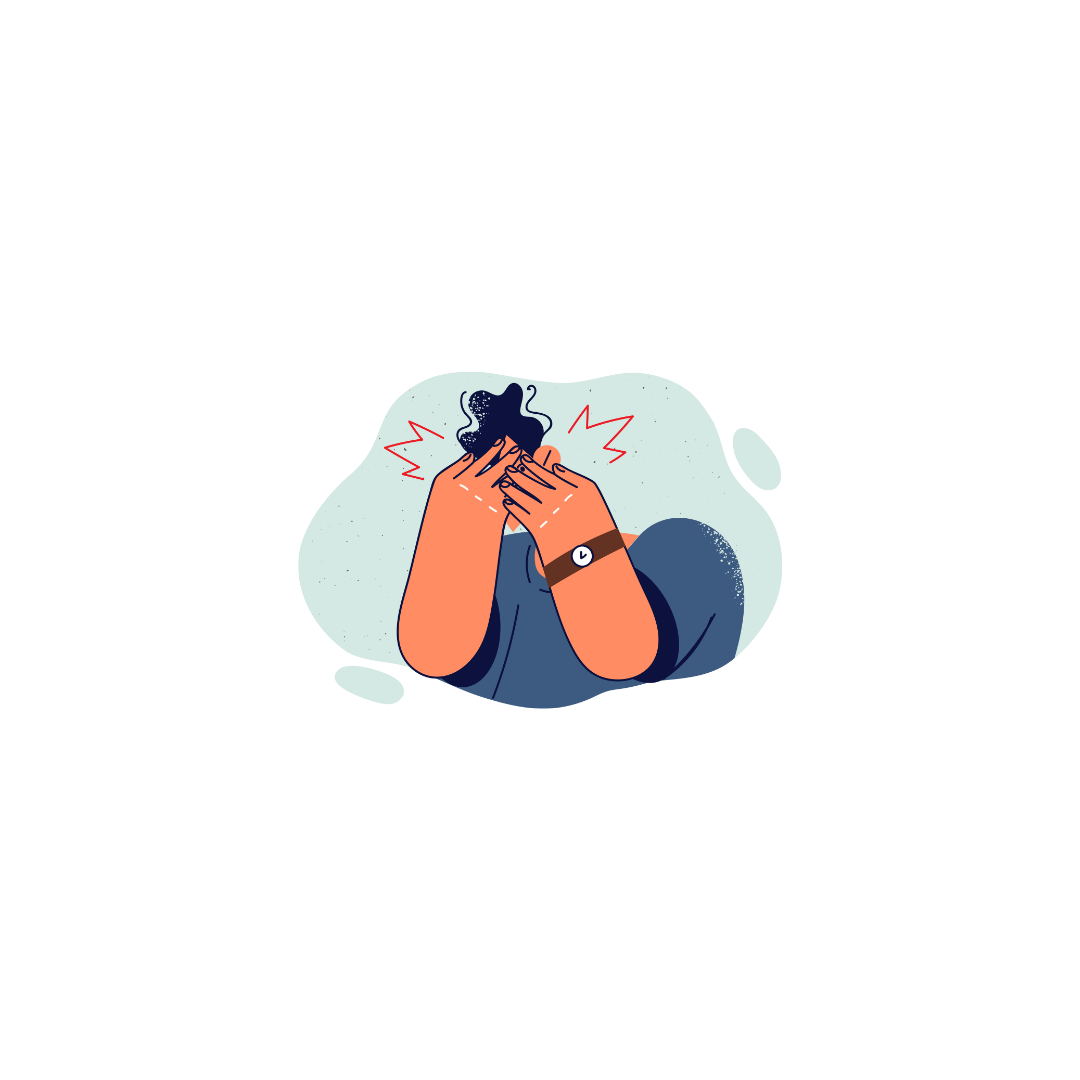OCD and Shame
Exploring the Complex Relationship Between OCD and Shame
Obsessive-Compulsive Disorder (OCD) is a mental health condition that affects millions of people globally. It is characterized by intrusive thoughts (obsessions) and repetitive behaviors (compulsions) that individuals feel driven to perform in order to reduce anxiety. While much attention has been given to the cognitive and behavioral aspects of OCD, the emotional experience that many individuals with OCD face—particularly shame—often remains overlooked. This blog will explore the significant connection between OCD and shame, how it manifests in affected individuals, and the implications for treatment and recovery.
The Connection Between OCD and Shame
Shame is an intense emotion that arises from the perception of oneself as inadequate or morally flawed, often linked to fear of judgment from others (Gilbert, 2007). For individuals with OCD, shame can develop due to the irrational and intrusive nature of their obsessive thoughts and compulsive actions. Although individuals with OCD are often aware that their thoughts and behaviors are not grounded in reality, the discomfort caused by these obsessions can lead them to feel "broken," "weak," or "bad." This experience of shame can significantly impact both their psychological well-being and their ability to seek treatment (Rachman, 2002).
Shame is not just an emotional burden but a barrier to recovery. It can prevent individuals from disclosing their symptoms, thereby delaying proper diagnosis and treatment (Hyman & Pedrick, 2010). For many, the experience of shame becomes a vicious cycle, where the need to hide compulsions and intrusive thoughts only intensifies their disorder, making them more difficult to manage.
How Shame Manifests in OCD
The manifestation of shame in individuals with OCD is complex and can affect various aspects of their lives. One of the most common ways shame manifests is through secrecy and avoidance. Many people with OCD go to great lengths to hide their compulsions from others, either because they fear judgment or because they feel embarrassed about their actions. This secrecy often extends to social interactions, where individuals avoid situations that may trigger their symptoms (e.g., public places or social gatherings), or they may avoid discussing their mental health issues altogether (International OCD Foundation, n.d.).
Shame also manifests through self-criticism and negative self-evaluation. Individuals with OCD often hold themselves to extraordinarily high standards, believing that if they perform a ritual incorrectly or fail to control their thoughts, something disastrous will happen (Foa & McLean, 2016). This negative self-image is further compounded by the awareness that their compulsions are irrational, which can heighten feelings of guilt and worthlessness.
Furthermore, guilt is another emotional response linked to shame in OCD. Intrusive thoughts in OCD can range from violent and aggressive to sexual or immoral in nature. These thoughts are distressing not because they reflect the individual’s desires but because they contradict their values. However, despite the awareness that these thoughts are involuntary, people with OCD often feel profound guilt, further contributing to their shame (Rachman, 2002).
The Impact of Shame on Treatment and Recovery
Shame can deeply interfere with treatment for OCD. One of the key reasons for this is that it hinders individuals from seeking help. People with OCD often delay or avoid therapy out of fear that they will be stigmatized or misunderstood. Shame leads individuals to believe that their condition is a reflection of their moral or psychological inadequacy, which may prevent them from discussing their symptoms openly (International OCD Foundation, n.d.). In fact, research suggests that feelings of shame can delay seeking therapy by years, further exacerbating the severity of OCD symptoms (Hyman & Pedrick, 2010).
In therapy, shame can also undermine the efficacy of Exposure and Response Prevention (ERP), a type of Cognitive Behavioral Therapy (CBT) considered the gold standard in treating OCD (Foa & McLean, 2016). ERP involves exposing individuals to feared situations while preventing the compulsive response, helping them learn that their obsessions do not lead to catastrophic outcomes. However, the shame associated with certain compulsive behaviors can make it difficult for individuals to fully engage with ERP. For example, a person may be unwilling to expose themselves to a trigger if they feel that doing so will highlight the "weakness" or "moral failure" they perceive in themselves (Rachman, 2002).
Moreover, shame can reinforce the cycle of OCD by increasing the distress caused by intrusive thoughts, which then leads to more compulsive behaviors in an attempt to alleviate that distress. As a result, the shame experienced by individuals with OCD can contribute to a worsening of symptoms and an overall decline in quality of life (Gilbert, 2007).
Addressing Shame in OCD Treatment
To effectively treat OCD, it is crucial to address the emotional burden of shame alongside the OCD itself. Cognitive Behavioral Therapy (CBT), particularly ERP, is the most widely recommended treatment for OCD, but it needs to be tailored to the emotional aspects of the disorder (Foa & McLean, 2016). In particular, compassion-focused therapy (CFT) has been shown to be effective in treating both the cognitive and emotional aspects of OCD, including shame. CFT focuses on cultivating self-compassion, which helps individuals with OCD reduce their tendency to criticize themselves for their symptoms (Gilbert, 2007).
A critical component of treatment is normalizing the experience of OCD. By educating patients about the nature of their disorder and showing them that their symptoms are part of a common mental health condition, clinicians can help reduce the feelings of shame and isolation. The International OCD Foundation (n.d.) notes that recognizing OCD as a disorder that affects many people—rather than as a moral failing—can help reduce the stigma that individuals often feel.
Another important treatment strategy involves creating an environment of emotional safety and openness. Support groups and peer networks can be particularly helpful in this regard, as they provide a space for individuals to share their experiences with others who truly understand their struggles (Foa & McLean, 2016). These settings foster a sense of community, which can significantly reduce the isolation and shame that often accompany OCD.
Shame is an often-overlooked but highly impactful emotional experience for individuals with OCD. It can interfere with diagnosis and treatment by fostering secrecy, self-criticism, and guilt, all of which can make recovery more difficult. However, by recognizing the role that shame plays in OCD and addressing it in treatment, individuals can begin to break the cycle of shame and engage more effectively with therapy. Treatment approaches that focus on reducing shame, such as Cognitive Behavioral Therapy (CBT) and Compassion-Focused Therapy (CFT), can help individuals develop healthier relationships with themselves and manage their OCD symptoms in a more productive and compassionate way.
Thank you for reading!
Foa, E. B., & McLean, C. P. (2016). Psychological treatments for obsessive-compulsive disorder. The Journal of Clinical Psychiatry, 77(9), e25-e31. https://doi.org/10.4088/JCP.15r10193
Gilbert, P. (2007). The Compassionate Mind: A New Approach to Life's Challenges. New Harbinger Publications.
Hyman, B. M., & Pedrick, C. (2010). The OCD Workbook: Your Guide to Getting Well and Staying Well. New Harbinger Publications.
International OCD Foundation. (n.d.). Shame and OCD. International OCD Foundation. Retrieved March 31, 2025, from https://iocdf.org/about-ocd/
Rachman, S. (2002). A cognitive theory of obsessions: Elaborations. Behaviour Research and Therapy, 40(6), 685-693. https://doi.org/10.1016/S0005-7967(01)00028-0


